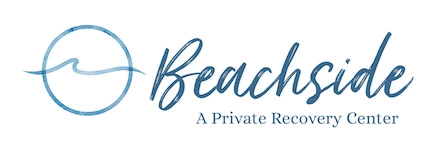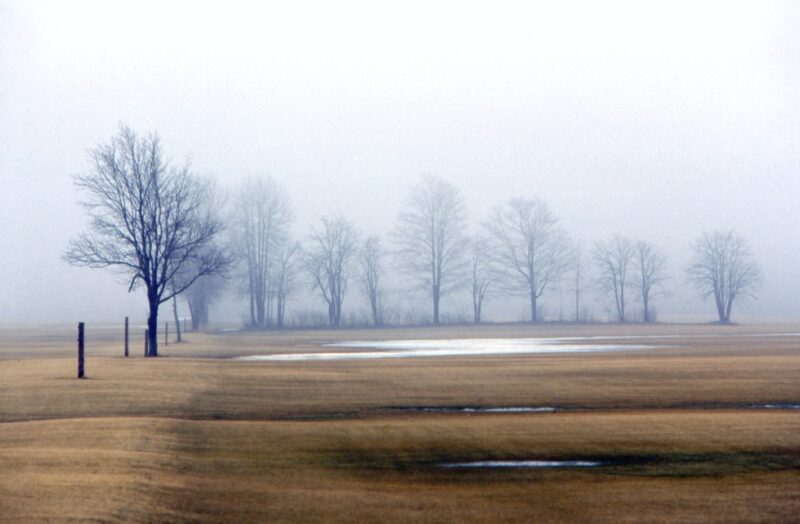While December is Seasonal Depression Awareness Month, intended to educate the public about Seasonal Affective Disorder (SAD), if you have a regular history of suffering from SAD or a lesser condition known as the “winter blues,” it’s important to be proactive. Take time now to develop a strategy for dealing with the disorder so that you’ll be ready when the first symptoms appear.
Understanding Seasonal Depression
Seasonal Affective Disorder is a form of depression that occurs typically in the fall and winter months. Fewer daylight hours, being cooped up indoors, and less frequent social interactions are among the triggers of the condition.
The American Psychiatric Association reports that about 5% of U.S. adults experience SAD, and it typically lasts about 40% of the year.* More common in women than men, SAD been linked to a biochemical imbalance in the brain and a shift in the individual’s internal biological clock. The connection to shorter daylight hours and less sunlight is confirmed by the fact that SAD is more common among people living far from the equator in environs that have fewer daylight hours in the winter.
Among the most common symptoms of SAD are:
- Changes in sleep patterns, either sleeping too much or not enough
- Fatigue or loss of energy, even with increased sleep
- Loss of interest in hobbies or activities you used to enjoy
- Difficulty in concentration
- Changes in appetite
- Feelings of sadness, depression, hopelessness, or despair
- In extreme cases, thoughts of death or suicide
SAD isn’t the only form of seasonal depression. As many as 20% of people have a milder form commonly known as the “winter blues.” Though the symptoms of the winter blues are not as severe as SAD, people can still have feelings of sadness, lethargy, and disinterest in normal activities. Whether severe or mild, these are symptoms that should not be ignored.
Ways to Combat Seasonal Depression
If you have had symptoms of SAD or the winter blues in previous years, there’s a good likelihood that the winter months will trigger those symptoms again. Before winter arrives, take the following steps to alleviate or eliminate the onset of symptoms.
Increase your exposure to light. In some cases, this can be as simple as opening blinds, turning on lights, adding more lamps, and getting outdoors during daylight hours. If the lack of light is taking its toll, talk to a medical professional about light therapy, which involves sitting next to a special light box for 30 minutes per day to brighten your mood.
Practice good lifestyle habits. Eat a healthy diet, limit your alcohol consumption, get regular exercise, and maintain a consistent sleep schedule—all habits that have proven effective in alleviating the symptoms associated with SAD and the “winter blues.”
Put together an active winter social calendar. As tempting as it may be to hide away alone in your house, go the opposite direction and schedule social activities for the winter months. Buy concert, theater, or sporting event tickets. Ask family or friends to come visit—and accept invitations to visit them. Say “yes” to holiday parties. Social isolation is a known cause of depression, so maintaining your social connections is even more important when the wintertime doldrums threaten to kick in.
Plan a vacation somewhere warm and sunny. Rather than take a summer vacation, why not book a wintertime trip? Head for a tropical beach or perhaps somewhere in the Southern Hemisphere, which will give you a respite from wintertime for a couple of weeks.
Consult with your doctor. A mental health professional will work with you to devise a strategy for dealing with season mood disorder. In some cases, this strategy may include a prescription of antidepressants for you to take throughout autumn, winter, and early spring.
Controlling Your Depression
Whenever you have a bout of SAD or the “winter blues,” always remember: You’ve gotten through this before, and you will get through it again. By taking a proactive approach and working with your doctor as necessary, you can control the effects of seasonal depression and remain happy and healthy throughout the year.
Beachside Rehab has programs to help those suffering from seasonal depression and mood disorders. Contact our trained admissions counselors at 866-349-1770 to discuss our dual diagnosis treatment.
* Source: https://www.psychiatry.org/patients-families/seasonal-affective-disorder
Photo by Michael Hamments on Unsplash

